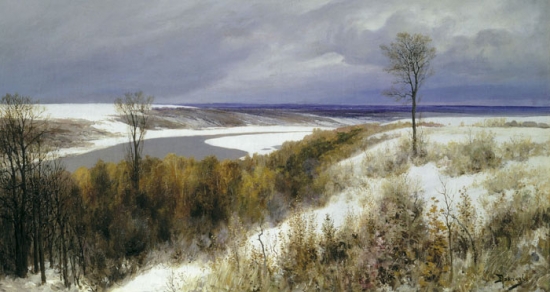
Renaissance artist Filippo Brunelleschi is widely credited with the discovery of linear perspective. To illustrate the significance of the horizon / eye level in perspective drawing we have added some tourists to our linear and aerial perspective scene. Their name is orthogonal lines and they help recreate the illusion of space and distance on a two-dimensional surface. In art, we tend to use the term 'eye level', rather than 'horizon', as in many pictures the horizon is hidden by walls, buildings, trees, hills etc. Linear perspective uses a geometric system consisting of a horizon line at eye level, vanishing points, and lines that converge toward the vanishing points. For example, the size of a person in a painting might indicate their importance and status relative to other figures, rather than their proximity to the viewer, and individual colors carried significance and meaning beyond their actual hue. Prior to this time stylization of paintings was symbolic rather than realistic representations of life.

For simplicity, artists usually focus on correctly rendering one, two, or three vanishing points. Lines that converge at the vanishing point(s) create the illusion of perspective. A similar unseen line exists in all paintings in perspective. The far horizontal line is the horizon, hence a horizon line. Each set of horizontal lines has its own vanishing point. The horizon line is simply a horizontal line across the page that corresponds to your eye level. The rules of perspective applied in Western art developed during the Renaissance in Florence, Italy, in the early 1400s. Linear perspective is a geometric method of representing the apparent diminishment of scale as the distance between an object and the viewer increases. Foreshortening, yet another type of perspective, makes something recede into the distance by shortening the length of the object. Aerial or atmospheric perspective gives things in the distance a lighter value and cooler hue than things in the foreground. Perspective most commonly refers to linear perspective, the optical illusion using converging lines and vanishing points that makes objects appear smaller the farther away from the viewer they go.

It is also important to note that any type of line can be short or long, thick, or thin. Perspective can make a fantasy of room and profundity on a level surface (or the image plane). Line in art comes in different lengths, shapes, and sizes, for example, curved, zigzag, spiral, wavy, horizontal, vertical, diagonal, and more. Art Perspective: Artists use perspective to speak to three-dimensional items on a two-dimensional surface such that looks characteristic and reasonable.


 0 kommentar(er)
0 kommentar(er)
